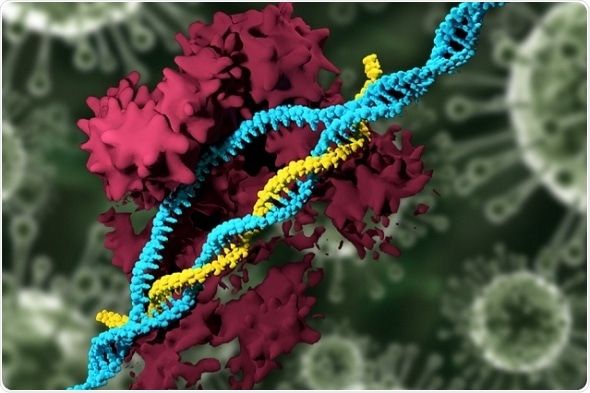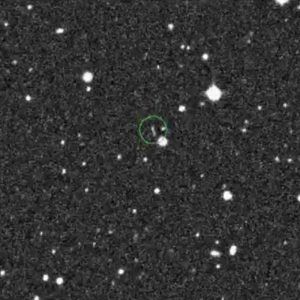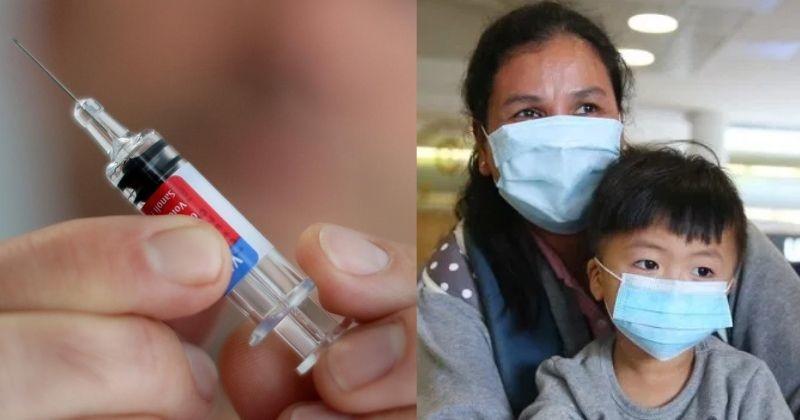Iraj Harirchi, who has strongly denied any cover-up of a growing outbreak, has self-quarantined.
They don’t waste much time getting right into it. He is 57 but has been told he is physically 47.
Dr. Aubrey de Grey of SENS Research Foundation was interviewed by the extremely popular Joe Rogan, and they discussed the damage repair approach to aging. Dr. de Grey talked about the current state of aging research, including stem cell therapies, and explained the role of SENS in developing next-generation rejuvenation biotechnology therapies. He also brought up the role of funding, a key bottleneck in research and development, and gave his prognosis on how quickly these therapies will be developed.
Do you àgree?
In Peter Diamandis and Steven Kotler’s new book, The Future Is Faster Than You Think, the futurist and science writer talk about converge and how a host of technologies, including VR, quantum computing, and A.I., are speeding up development of flying cars and changing new and old industries.
Looks like Earth has a new natural moon
Posted in space
Astronomers have announced that Earth has a new mini-moon, a small asteroid apparently captured into Earth orbit 3 years ago. It’s been designated 2020 CD3.
Most ordinary matter is held together by an invisible subatomic glue known as the strong nuclear force—one of the four fundamental forces in nature, along with gravity, electromagnetism, and the weak force. The strong nuclear force is responsible for the push and pull between protons and neutrons in an atom’s nucleus, which keeps an atom from collapsing in on itself.
In atomic nuclei, most protons and neutrons are far enough apart that physicists can accurately predict their interactions. However, these predictions are challenged when the subatomic particles are so close as to be practically on top of each other.
While such ultrashort-distance interactions are rare in most matter on Earth, they define the cores of neutron stars and other extremely dense astrophysical objects. Since scientists first began exploring nuclear physics, they have struggled to explain how the strong nuclear force plays out at such ultrashort distances.
Wuhan Coronavirus Pandemic — new US case.
“U.S. Health and Human Services Secretary Alex Azar confirmed a new case of the coronavirus in the U.S. “Coming into this hearing, I was informed that we have a 15th confirmed case, the epidemiology of which we are still discerning,” he testified before a House panel. The new case brings the total number of cases in the U.S. to 60. The CDC has separated out 45 confirmed infections in people evacuated from a cruise ship in Japan or from Wuhan, China from its official case count.”
As of Wednesday, more than 81,000 cases of coronavirus have been reported, resulting in at least 2,764 deaths.
Supreme Court
Posted in life extension
Are American Federal and Supreme Court Justices lifetime appointments? If so, what’s going to happen if radical life extension becomes a reality? :
“Like all Federal judges, Supreme Court Justices serve lifetime appointments on the Court”
Need for a vaccine to stop this novel coronavirus is needed today more than ever. And it looks like we might not have to wait for long after all.
Scientists since the news of the outbreak have been working on a vaccine to combat and prevent people from the novel coronavirus and now a company called Moderna has announced that it has finally developed a coronavirus vaccine that will soon be ready for human testing.
Don’t Miss
The standard gene-editing tool, CRISPR-Cas9, frequently produces a type of DNA mutation that ordinary genetic analysis misses, claims new research published in the journal Proceedings of the National Academy of Sciences (PNAS). In describing these findings the researchers called such oversights “serious pitfalls” of gene editing (Skryabin et al., 2020). In all, the new results suggest that gene-editing is more error-prone than thought and, further, that identifying and discarding defective and unwanted outcomes is not as easy as generally supposed.

Are you guys doing anything special to make sure you are still standing for when technological breakthroughs come along to help us stay alive for much longer?
We humans are social species. A primary reason we rose to the top of the food chain and built civilization is that our brains are optimized for collaborating with those around us. When we bond with our partners and friends, we realize one of our essential core needs as humans. That’s why people in solitary confinement tend to go a bit crazy. But although our progression from feeling our sense of connection, belonging, and community has expanded from the level of clan to village to city to country to, in some ways, the world, we are still not virtual beings. We may get a little dopamine hit whenever someone likes our tweet or Facebook post, but most of us still need a connected physical community around us in order to be happy and to realize our best potential. With all of the virtual options that will surround us – chatbots engaging us in witty repartee, virtual assistants managing our schedules, and even friends messaging from faraway lands among them – our virtual future must remain grounded in our physical world. To build your essential community of flesh and blood people, you must invest in deep and meaningful relationships with the people physically around you.
10. Don’t get stuck in today
The olden days were, at least in most peoples’ minds, always better. We used to have better values, a better work ethic, better communities. We used to walk to school uphill in both directions! But while we do need to hold on to the best of the past, we also need to march boldly into the future. Because the coming world will feel like science fiction, we will all need to be like science fiction writers imagining the world ahead and positioning ourselves to shape it for the better. The technologies of the future will be radically new but we’ll need to draw on the best of our ancient value systems to use them wisely. The exponential future is coming faster than most of us appreciate or are ready for. Like it or not, we are now all futurists.









